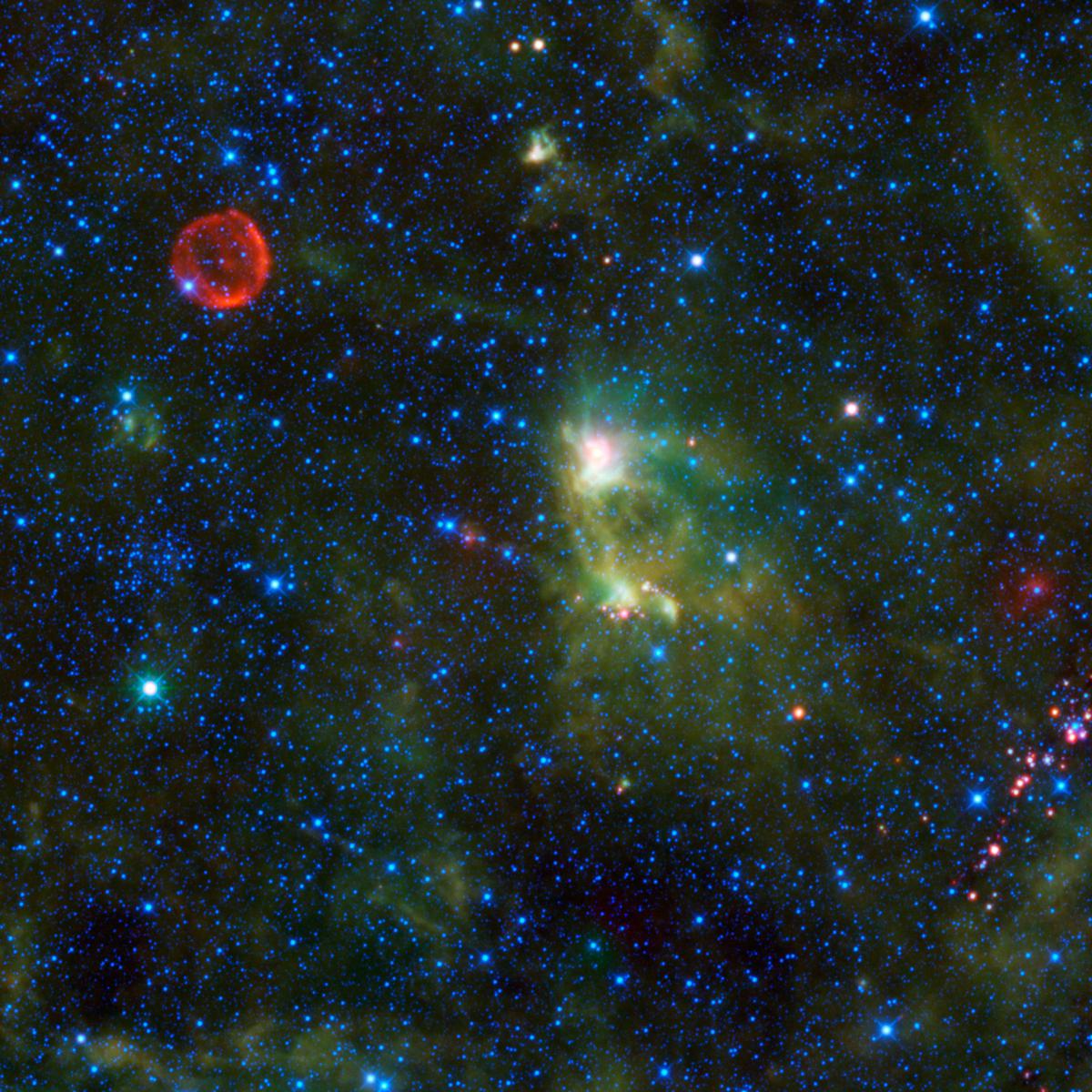The supernova that challenged our worldview


This X-ray image provided by NASA, and captured by the German ROSAT satellite in the 1990s, shows the remnant of a supernova that was observed in 1572 by Danish astronomer Tycho Brahe.
The biggest explosion that human beings have ever seen, a supernova is what happens when a star reaches the end of its life and explodes in a brilliant ball of light. In recorded history, there have been less than 10 instances in the Milky Way when a supernova has been observed with the naked eye. One of those was in 1572 and it challenged and changed our existing worldview.
Today, astronomers refer to it by a number of names. The official name given to this supernova is SN 1572, where SN stands for supernova and 1572 corresponds to the year of occurrence. Some astronomers refer to it as B Cassiopeia. Most, however, call it by its informal name – Tycho’s supernova.
Significant explosion
While supernovae have been observed for millennia, the one in 1572 remains one of the most significant cosmic explosions in terms of advancing our astronomical knowledge. While some claim to have observed this in August 1572, the first known observation of this for certain took place in November.
On November 6, 1572, German astronomer Wolfgang Schuler of Wittenberg noted the appearance of what he believed was a new star adjacent to the dimmest star at the centre of constellation Cassiopeia’s “W”. In the days that followed, it was not only spotted by skygazers, but literally everyone, as it practically became unmissable.
Rivals Venus in brightness
By November 11, it was spotted by Danish astronomer Tycho Brahe. While it was no brighter than an ordinary star when it was first noted, it was as bright as Jupiter by the time Brahe saw it. In the days that followed, it brightened to about the magnitude of Venus at its most brilliant and was even visible in the daytime for nearly two weeks.
It started slowly fading from the end of November but it wasn’t until March 1574 that it stopped being visible to the naked eye. Bearing in mind that the invention of telescopes were still decades away, follow-up observations after this were impossible.
While it was observed by many people, it is now known as Tycho’s supernova because of the work he undertook and the detailed study of its properties that he carried out. This came about during a critical phase in astronomy when the Ptolemic view of the universe (a fixed Earth is at the centre of the solar system, with everything else – the sun, moon, and planets – orbiting it) was challenged by the Copernican model, wherein everything orbited around the sun.
More fuel to the fire
In De Stella, his treatise about the “new star” that had been observed, Brahe put forth his views and participated in this intellectual debate. Based on scientific evidence, Brahe was able to say for certain that this “new star” was far beyond the moon. Since the object didn’t change in position relative to the fixed stars, he concluded that it wasn’t a planet either. Brahe further added based on his observations that it was possible for the universe beyond the sun and the planets to change.

This image provided by the NASA/JPL-Caltech/WISE Team shows NASA’s Wide-field Infrared Survey Explorer (WISE) taking in several interesting objects in the constellation Cassiopeia. The red circle visible in the upper left part of the image is SN 1572, informally called “Tycho’s Supernova”.
We now know that the object that was observed from 1572-74 was a supernova – SN 1572. Advancements in technology enabled radio astronomers to first detect its remnant in the 1950s, followed by optical observations in the decades that followed.
Definitely not “new”
Since it was a supernova, it definitely wasn’t a “new star.” In fact, it signalled the death of a star with an explosion bright enough to light up our skies. Tycho’s supernova was a Type Ia supernova that occurs when a white dwarf star either merges with or pulls enough material from a nearby companion star before it eventually triggers a massive explosion. In addition to obliterating the white dwarf star, the explosion also spews debris into space.
Tycho’s star is estimated to be at a distance of 8,000-9,800 light years from us. This means that the bursting star, at its maximum, had an actual luminosity of about 300 million times that of our sun. Additionally, it would have radiated into space the energy equivalent of the entire output of our sun for millions of years in the matter of days following the explosion. It is no wonder, therefore, that supernovae are the biggest and brightest explosions that we ever see.

